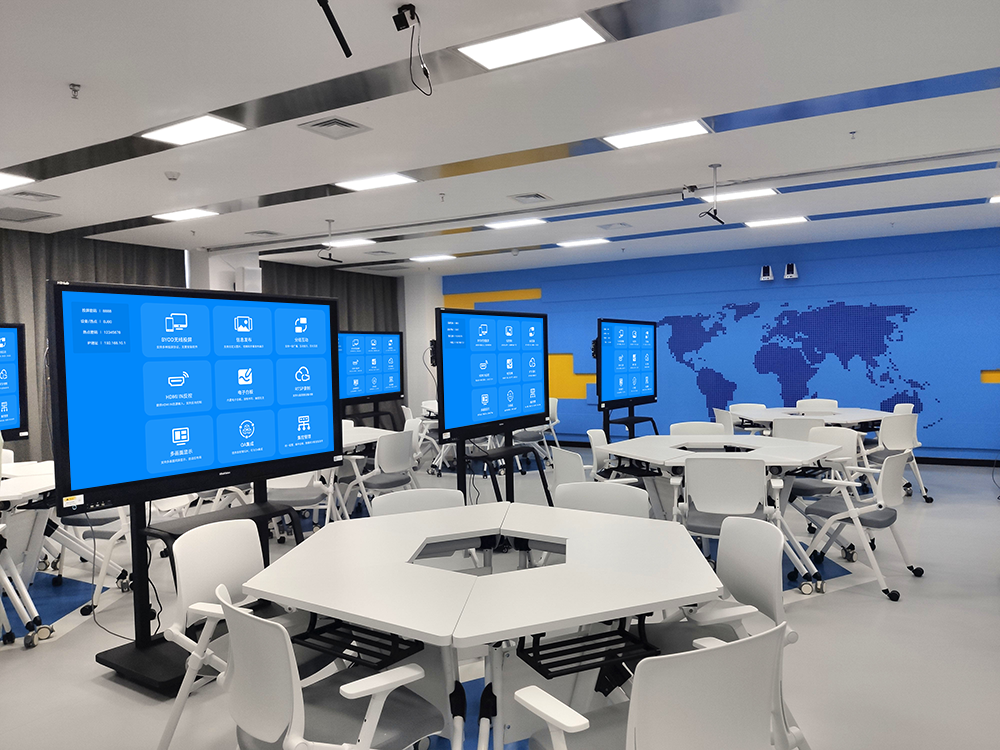Five Key Points Enterprises Must Consider When Choosing Wireless Screen Mirroring and Multi-Screen Collaboration Solutions
Deploying a practical wireless screen mirroring and multi-screen collaboration system can greatly enhance an enterprise’s operational efficiency. However, faced with a wide range of products on the market, how to make an informed choice? The following five key points will help you cut through the confusion and find the solution best suited for your enterprise.
I. Compatibility: Can It Cover All Employees’ Devices?
This is the most fundamental and critical point. A good solution must achieve “cross-platform compatibility.”
- Confirm Supported Protocols: It must explicitly support Windows (Miracast), macOS (AirPlay 2), iOS/iPadOS (AirPlay), and Android (Miracast/Google Cast). The best way is to require the supplier to provide on-site testing with various brands of mobile phones and computers.
- Support for Older Devices: Does it support older computers that lack mainstream mirroring protocols to connect easily via a software client?
II. Usability & Experience: Is It “Foolproof” to Operate?
No matter how powerful the functions are, if the operation is complicated, employees will abandon it. Usability directly determines the success of the solution.
- Connection Steps: Is it necessary to enter complex PIN codes? Can one-click mirroring be achieved? How fast can mobile screen mirroring devices be discovered and connected?
- Interactive Experience: After mirroring, does it support reverse touch control? Is the whiteboard function robust, and is the writing latency within an acceptable range?
III. Meeting Integration: Is It an Isolated Tool or an Integrated System?
Wireless screen mirroring should not be an isolated function, but deeply integrated with built-in video conferencing ROOMS.
- Inquiry: During a video conference, can screens from different participants be easily switched for sharing? Can content mirrored from mobile phones be clearly seen by remote participants?
- Evaluation: If purchasing an all-in-one device, is the audio-visual quality, software stability, and feature richness of its built-in video conferencing ROOMS up to standard?
IV. Management & Security: Does It Have Enterprise-Level Capabilities?
For medium and large enterprises, centralized management capabilities and security are crucial.
- Centralized Management: Can a cloud management platform be used to monitor the status of devices in all conference rooms, perform firmware updates, and set permissions?
- Security Policies: Does it support setting mirroring passwords, binding to the company’s Wi-Fi SSID, and recording mirroring logs? Is data transmission encrypted end-to-end?
- RTSP Streaming Recording Integration: Is this function a standard feature or an optional add-on? Is the output stream stable and standard, making it easy to integrate with the enterprise’s existing recording or live streaming systems?
V. Scalability & Services: Can It Grow with the Enterprise?
Technology evolves and needs change. The scalability of the solution and the quality of service support determine its lifecycle.
- API & SDK: Does the supplier provide a rich wireless screen mirroring SDK or open APIs, allowing the enterprise to conduct secondary development and integrate with business systems?
- After-Sales Service: Does it offer timely and professional technical support and maintenance services? What is the frequency and content of software updates? Can it keep up with technological development trends?
When enterprises purchase multi-screen collaboration solutions, they should abandon the “price-only” and “specs-only” mindsets and conduct a comprehensive evaluation from five dimensions: compatibility, usability, integration, management, and scalability. The best solution is the one that can seamlessly integrate into your existing workflow, be actively used by employees, and support future business development. By focusing on these five points, you will maximize your return on investment.
